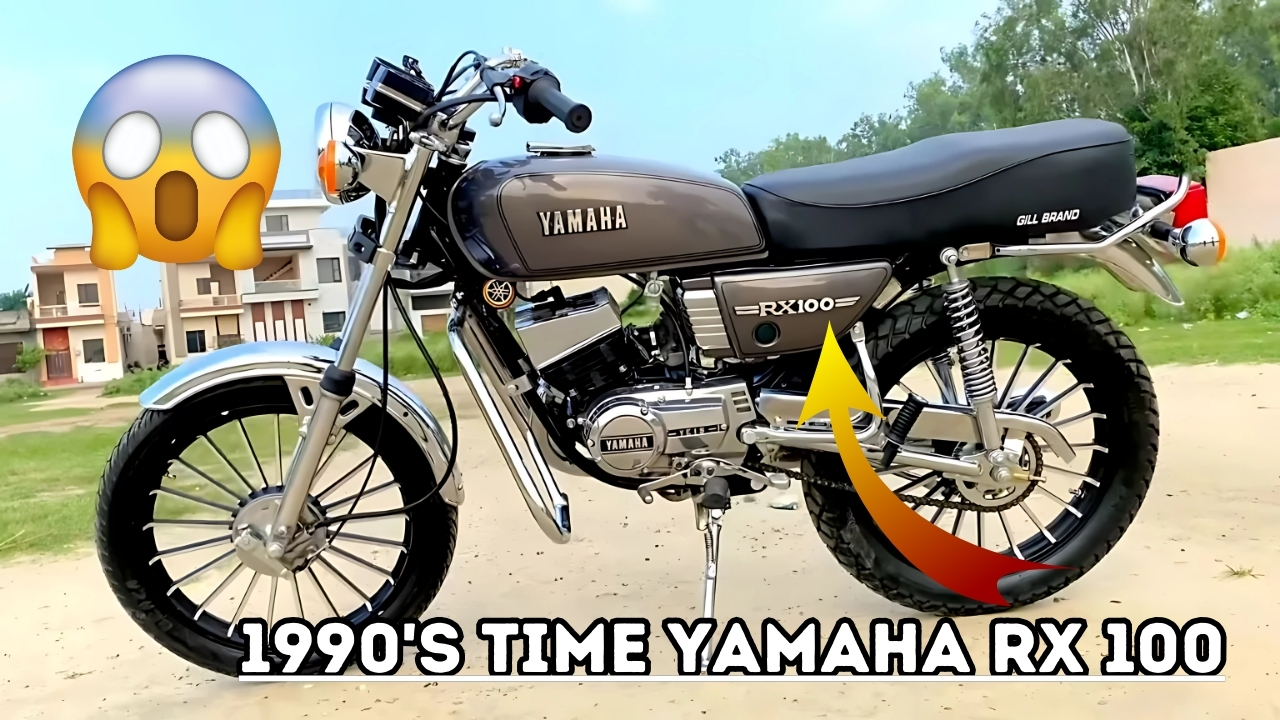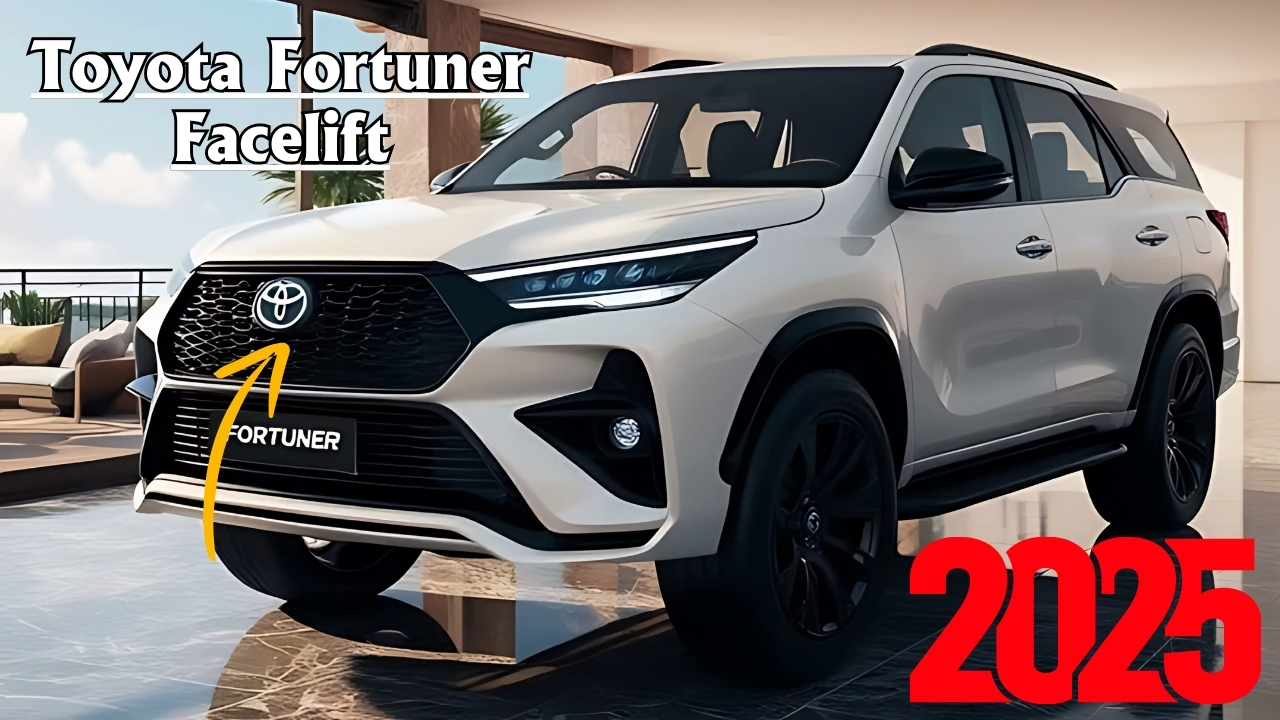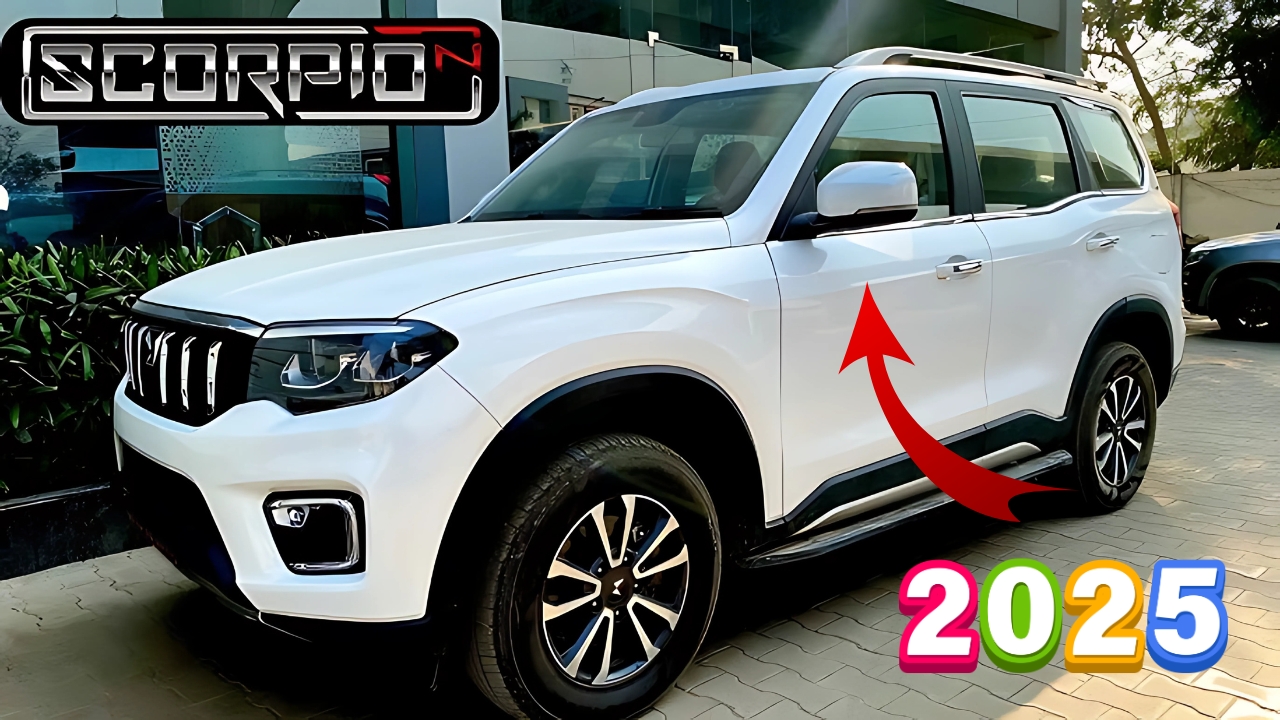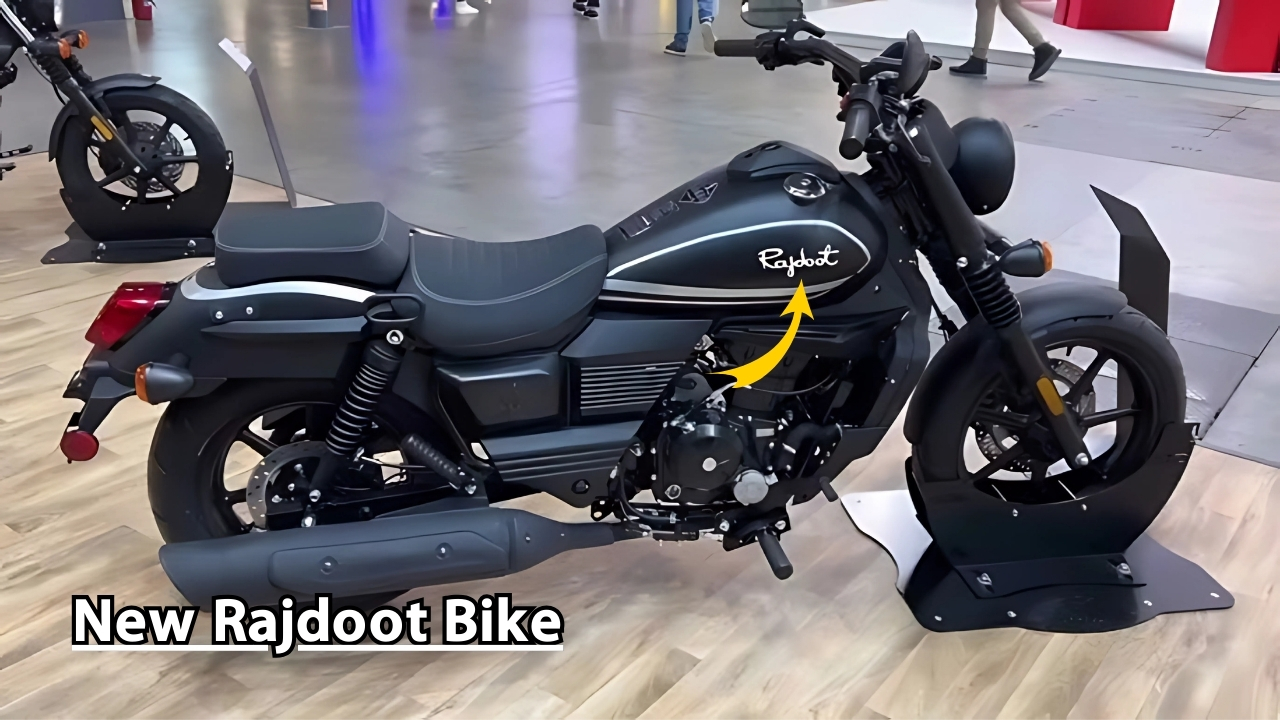Yamaha RX 100 : The motorcycle community in India is buzzing with excitement as Yamaha announces the much-awaited relaunch of the iconic RX 100, set for early 2025.
This legendary two-stroke bike, which captured the affection of a generation in the 1990s, is making a comeback—carefully redesigned to align with modern standards while retaining its unique charm.
Since its debut in 1985, the Yamaha RX 100 has evolved from just a mode of transport to a cultural icon.
Its exceptional blend of lightweight design, sharp acceleration, and that iconic two-stroke roar—a sound once commonplace on Indian roads—fostered a devoted following that endures long after its production ended.
“I vividly recall the day my dad brought home our RX 100,” shares Rajesh Menon, 43, a software engineer based in Bangalore.
“Everyone in the neighborhood came over to admire it. That bike was more than transport; it symbolized aspirational mobility for middle-class families. My son has grown up listening to stories about it.”
This deep-rooted connection across generations seems to play a pivotal role in Yamaha’s reintroduction strategy.
Company representatives have pointed out that the ongoing demand from enthusiasts—both previous owners and their children—ultimately led to the revival decision.
Innovative Solutions to Engineering Challenges
One of the biggest hurdles for Yamaha’s development team was modifying the RX 100’s classic two-stroke engine to meet India’s stringent BS6 emission regulations.
Sources within the industry reveal that the engineers at Yamaha’s R&D hub in Surajpur have tackled this with a pioneering blend of direct injection technology, electronic engine management, and catalytic conversion systems.
“The engineering challenge was immense,” states Dr. Arjun Nair, a mechanical engineering professor at IIT Delhi.
“Two-stroke engines, by design, produce higher emissions because of how they operate.
Yamaha has seemingly employed a hybrid approach that maintains the engine’s fundamental character while significantly lessening its environmental impact.”
Motorcycle journalists who have had a sneak peek report that the revamped engine retains the signature torque delivery and throttle responsiveness, while cutting emissions by an impressive 85% compared to the original.
The engine size is said to have increased slightly to 110cc, with the power output staying close to the original’s 11 horsepower.
Classic Aesthetics with Modern Enhancements
Images shared by Yamaha showcase a motorcycle remarkably faithful to its predecessor. The iconic teardrop fuel tank, flat seat, and minimalist dashboard remain largely unchanged.
Yet, there are subtle modern tweaks, including LED lighting, disc brakes, and slightly adjusted ergonomics to better suit today’s taller riders.
“We approached this project with utmost respect for the original design,” remarks Eishin Chihana, Chairman of Yamaha Motor India.
“Our design philosophy was preservation over invention. Changes were made only where absolutely necessary and executed with precision.”
The materials used in production have been notably upgraded, with high-tensile steel replacing mild steel in the frame, and lightweight alloys used in wheels and swingarms.
These advancements are expected to enhance the handling while keeping the motorcycle’s agile characteristics intact.
Market Positioning and Availability of the RX 100
Market analysts predict that the revamped RX 100 will sit in a premium section of Yamaha’s lineup.
While typical commuter bikes in India range from ₹70,000-90,000, the new RX 100 is likely to retail around ₹1.5 lakh (approximately $1,800), reflecting its limited production and the sophisticated technology that modernizes the engine.
Yamaha aims for an initial production run of 7,500 units, with the first deliveries starting in February 2025.
The company plans an exclusive allocation system that will prioritize verified owners of original RX 100 motorcycles, allowing this first batch of fans to secure the much-anticipated revival.
“This motorcycle is more than just a means of transport,” observes motorcycle historian Sidharth Krishnan.
“It signifies a pivotal era in India’s economic and cultural landscape—the liberalization period when Japanese vehicles became widely available to the middle class.
This relaunch recognizes its historical importance while introducing these values to a new generation.”
Pre-launch events are set to take place across major Indian cities starting in November 2024, where potential buyers can experience the bike firsthand and make reservations through authorized dealerships.






